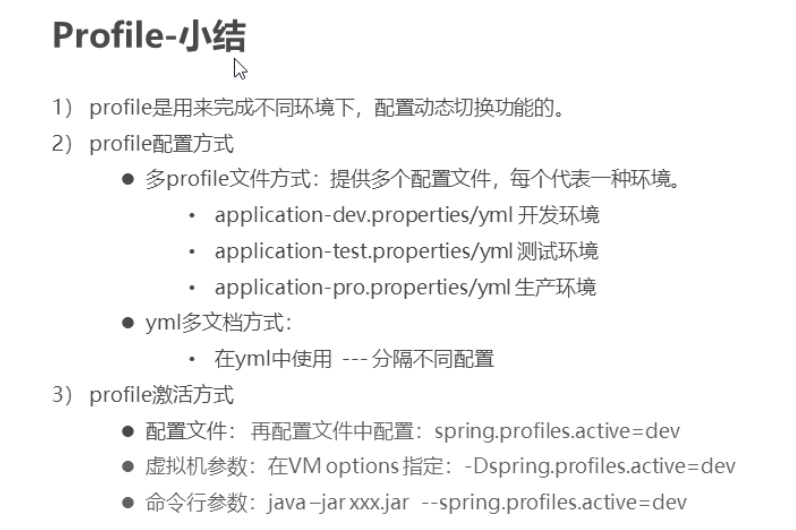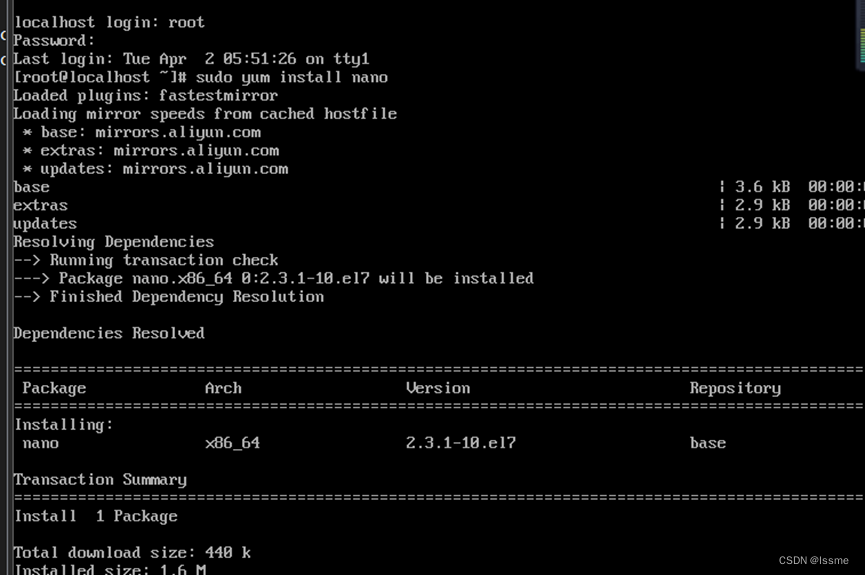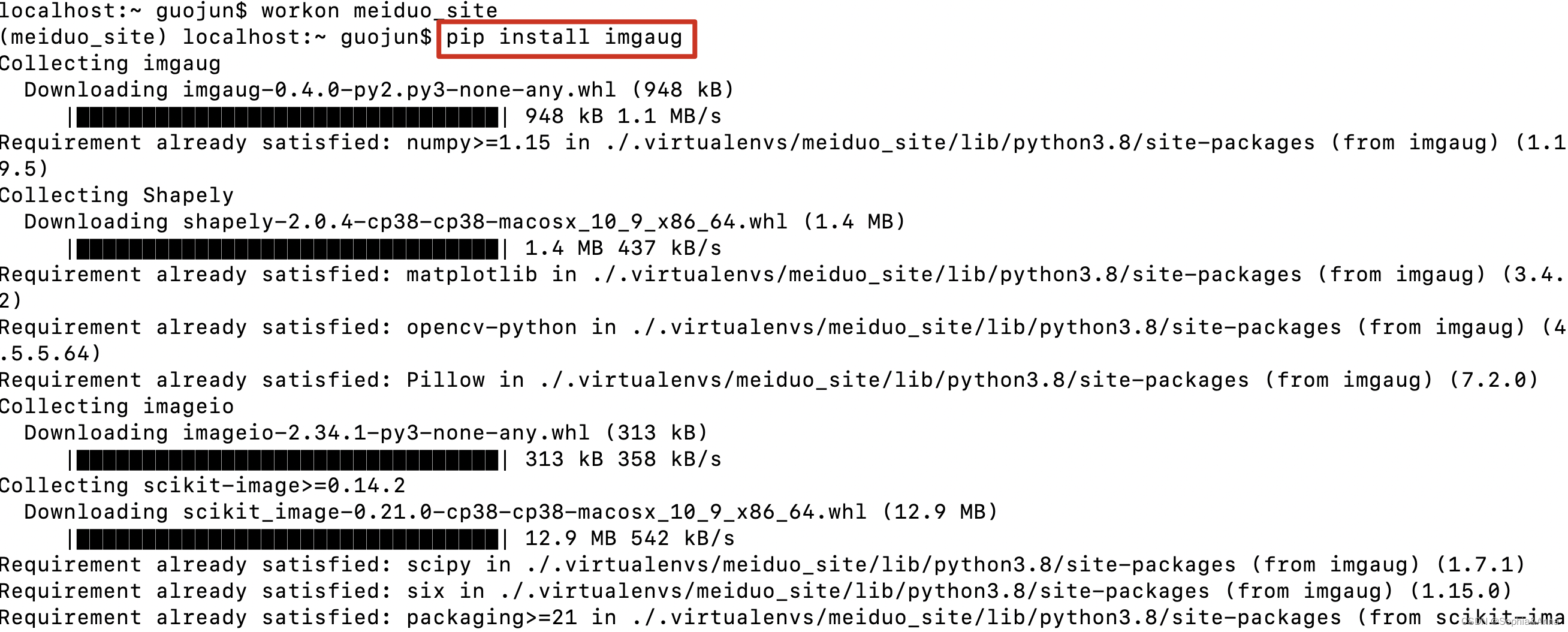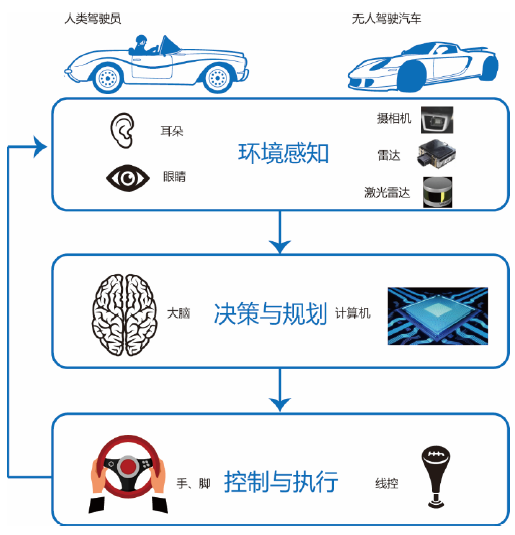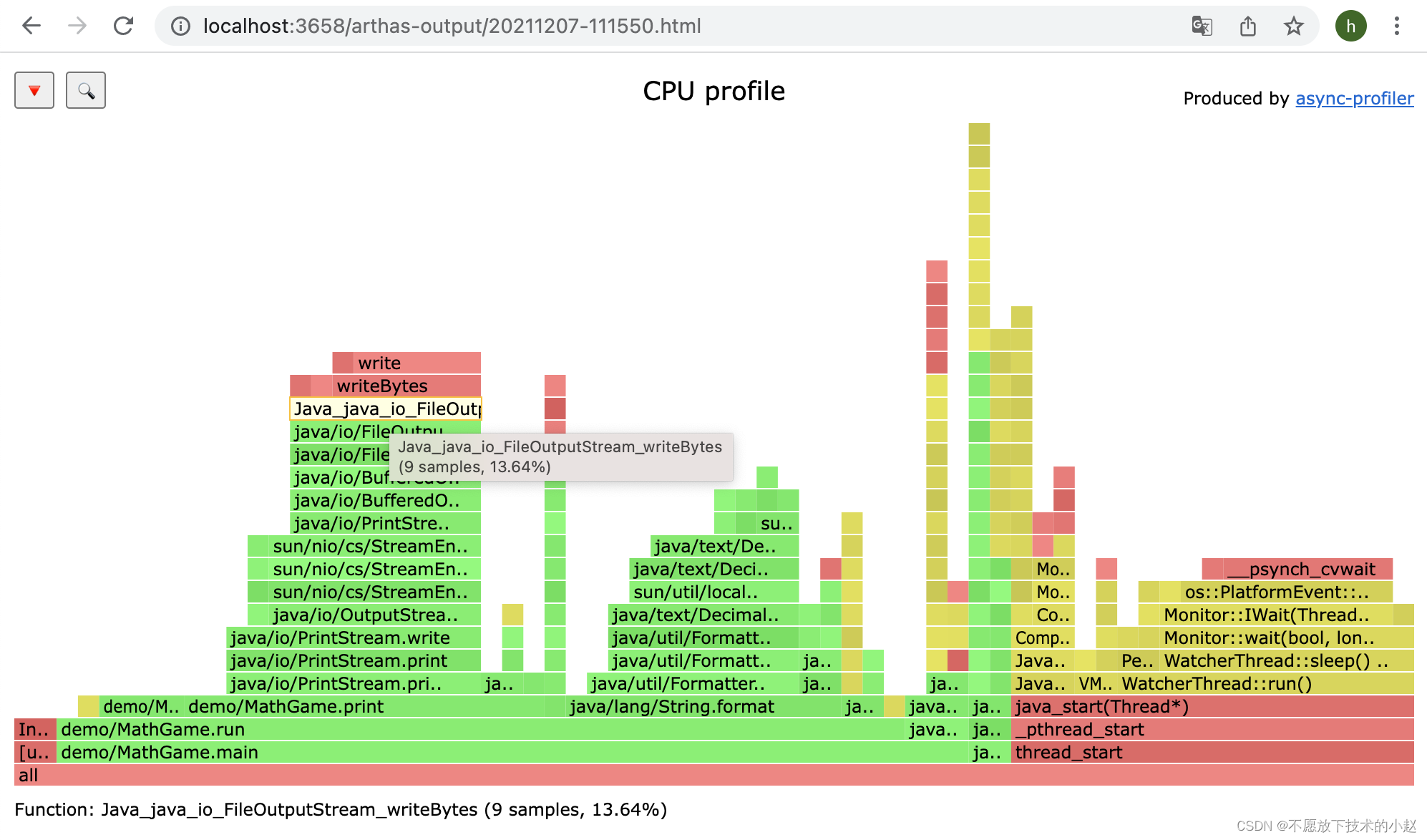编写“Hello World”程序
下方将展示如何在单板上运行第一个应用程序,其中包括新建应用程序、编译、烧写、运行等步骤,最终输出“Hello World!”。
前提条件
已参考[创建工程并获取源码],创建Hi3516开发板的源码工程。 鸿蒙开发指导文档:gitee.com/li-shizhen-skin/harmony-os/blob/master/README.md点击或者复制转到。

示例目录
示例完整目录如下: HarmonyOS与OpenHarmony鸿蒙文档籽料:mau123789是v直接拿
applications/sample/hello
│── BUILD.gn
└── src
└── helloworld.c开发步骤
请在源码目录中通过以下步骤创建“Hello World”应用程序。
-
新建目录及源码。
新建applications/sample/hello/src/helloworld.c目录及文件,代码如下所示,用户可以自定义修改打印内容(例如:修改OHOS为World)。当前应用程序可支持标准C及C++的代码开发。
#include <stdio.h> int main(int argc, char **argv) { printf("\n\n"); printf("\n\t\tHello OHOS!\n"); printf("\n\n\n"); return 0; } -
新建编译组织文件。
新建applications/sample/hello/BUILD.gn文件,内容如下所示:
import("//build/lite/config/component/lite_component.gni") lite_component("hello-OHOS") { features = [ ":helloworld" ] } executable("helloworld") { output_name = "helloworld" sources = [ "src/helloworld.c" ] } -
添加新组件。
修改文件build/lite/components/applications.json,添加组件hello_world_app的配置,如下所示为applications.json文件片段,"##start##"和"##end##"之间为新增配置("##start##"和"##end##"仅用来标识位置,添加完配置后删除这两行):

说明: 本章节操作是以OpenHarmony-v3.1-Release版本为例进行操作的,该版本中,组件配置文件为build/lite/components/applications.json;若源码版本大于等于OpenHarmony 3.2 Beta2时,组件配置文件为build/lite/components/communication.json。
{ "components": [ { "component": "camera_sample_communication", "description": "Communication related samples.", "optional": "true", "dirs": [ "applications/sample/camera/communication" ], "targets": [ "//applications/sample/camera/communication:sample" ], "rom": "", "ram": "", "output": [], "adapted_kernel": [ "liteos_a" ], "features": [], "deps": { "components": [], "third_party": [] } }, ##start## { "component": "hello_world_app", "description": "hello world samples.", "optional": "true", "dirs": [ "applications/sample/hello" ], "targets": [ "//applications/sample/hello:hello-OHOS" ], "rom": "", "ram": "", "output": [], "adapted_kernel": [ "liteos_a" ], "features": [], "deps": { "components": [], "third_party": [] } }, ##end## { "component": "camera_sample_app", "description": "Camera related samples.", "optional": "true", "dirs": [ "applications/sample/camera/launcher", "applications/sample/camera/cameraApp", "applications/sample/camera/setting", "applications/sample/camera/gallery", "applications/sample/camera/media" ], -
修改单板配置文件。
修改文件vendor/hisilicon/hispark_taurus/config.json,新增hello_world_app组件的条目,如下所示代码片段为applications子系统配置,"##start##"和"##end##"之间为新增条目("##start##"和"##end##"仅用来标识位置,添加完配置后删除这两行):
{ "subsystem": "applications", "components": [ { "component": "camera_sample_app", "features":[] }, { "component": "camera_sample_ai", "features":[] }, ##start## { "component": "hello_world_app", "features":[] }, ##end## { "component": "camera_screensaver_app", "features":[] } ] },
我们程序员都知道学习开发技术,最先是从语言学起,鸿蒙语言有TS、ArkTS等语法,那么除了这些基础知识之外,其核心技术点有那些呢?下面就用一张整理出的鸿蒙学习路线图表示:

从上面的OpenHarmony技术梳理来看,鸿蒙的学习内容也是很多的。现在全网的鸿蒙学习文档也是非常的少,下面推荐一些:完整内容可在头像页保存,或这qr23.cn/AKFP8k甲助力

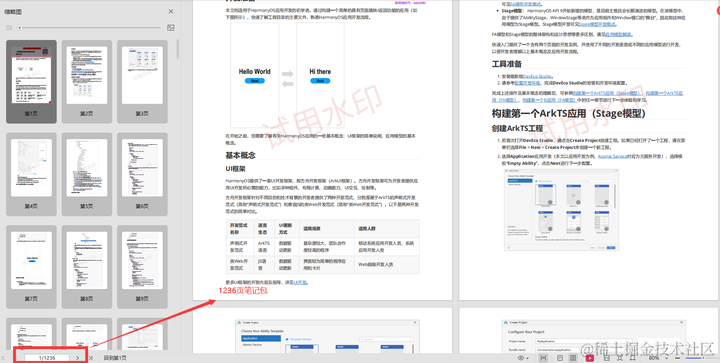
内容包含:《鸿蒙NEXT星河版开发学习文档》
- ArkTS
- 声明式ArkUI
- 多媒体
- 通信问题
- 系统移植
- 系统裁剪
- FW层的原理
- 各种开发调试工具
- 智能设备开发
- 分布式开发等等。
这些就是对往后开发者的分享,希望大家多多点赞关注喔!
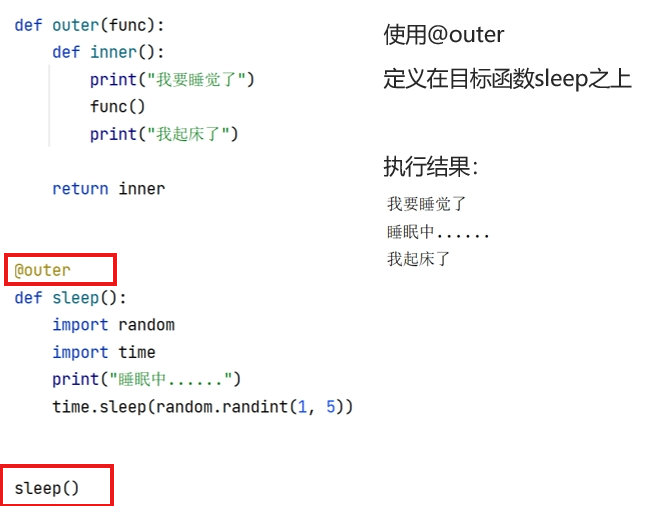
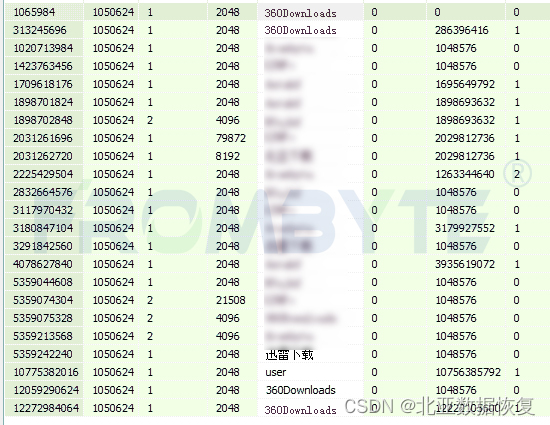
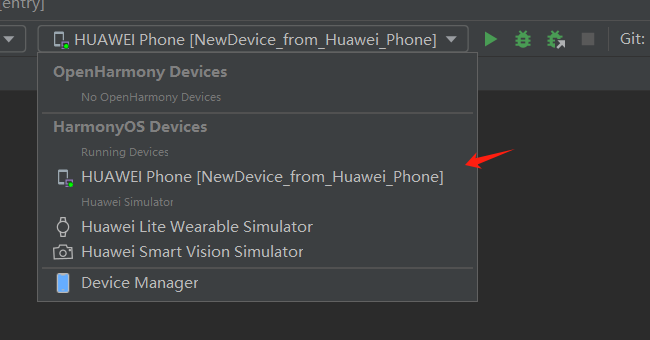
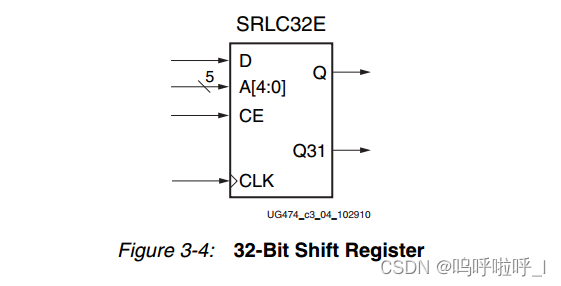


![[Linux][多线程][二][线程互斥][互斥量][可重入VS线程安全][常见锁概念]](https://img-blog.csdnimg.cn/direct/733562548c514e95bbf2acb6193d7aa4.png)


